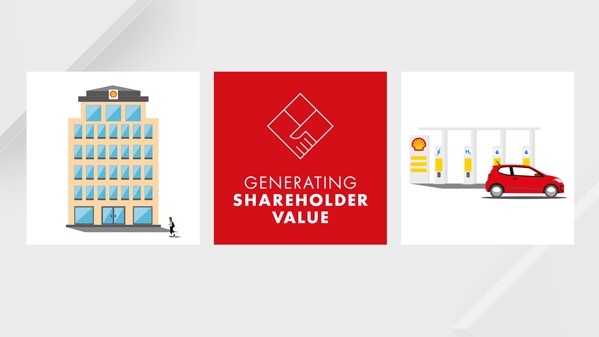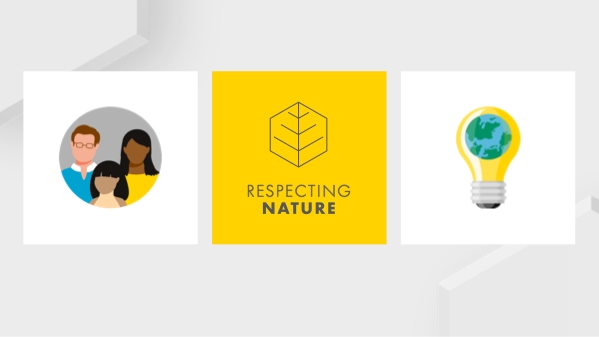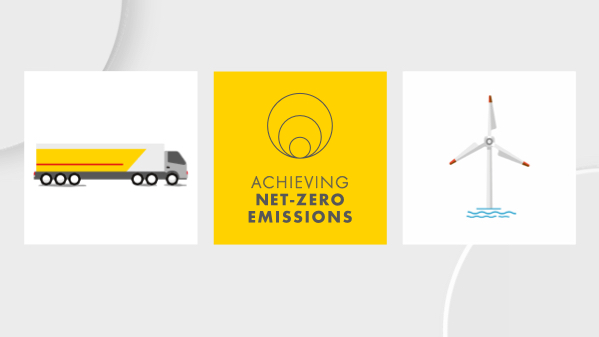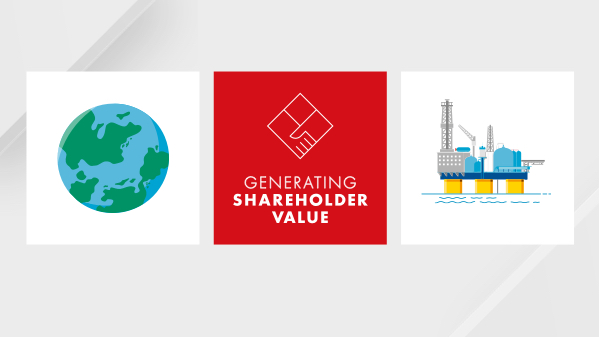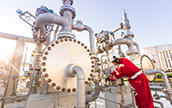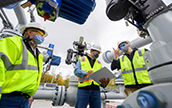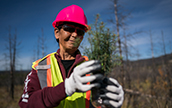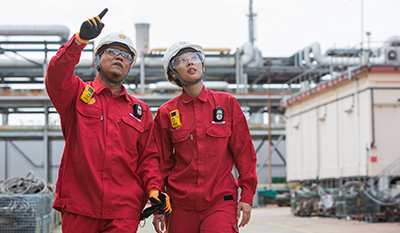Conserving water resources
Powering progress
Our ambition is to conserve fresh water by reducing consumption and increasing reuse and recycling.
- We will reduce the amount of fresh water consumed in our facilities, starting by reducing fresh-water consumption by 15% by 2025, compared with 2018 levels in areas where there is high pressure on fresh-water resources.
- We will also assess options for further reduction goals by the end of 2022.
We are making steady progress in reducing our fresh-water consumption in water-stressed areas.
At the end of 2021, four of our major facilities were located in areas where there is a high level of water stress based on analysis using water stress tools, including the World Resources Institute’s Aqueduct Water Risk Atlas and local assessments. The facilities are: the Pearl GTL (gas-to-liquids) plant in Qatar, Shell Energy and Chemicals Park Singapore, the Shell Jurong Island chemical plant in Singapore and Tabangao Import Terminal in the Philippines.
In 2021, our consumption of fresh water by these facilities was 22 million cubic metres compared with our 2018 baseline of 25 million cubic metres. The reduction was mainly a result of the conversion of the Tabangao refinery in the Philippines to a terminal and decreased water use at Shell Energy and Chemicals Park Singapore, following improvements to water-based cooling systems and the decommissioning of some processing units.
Fresh water withdrawn and consumed [A]
million cubic metres
In 2021, our overall intake of fresh water decreased to 166 million cubic metres, compared with 171 million in 2020, mainly driven by the shutdown of the Shell Convent Refinery (USA) in late 2020.
Around 90% of our fresh-water intake in 2021 was used for manufacturing oil products and chemicals, with the balance mainly being consumed in oil and gas production.
Fresh water withdrawn by business
million cubic metres
Fresh water withdrawn by source in 2021
percentage
Of our fresh-water intake, 34% was from public utilities, such as municipal water supplies. The rest was taken from surface water such as rivers and lakes (55%) and groundwater (11%).
In 2021, we conducted a pilot project looking at approaches to water stewardship, which will help us develop a methodology that we can apply more widely across our businesses in 2022 to improve water efficiency and set further goals to reduce fresh-water use.
Waste water and produced water
We track low-level concentrations of oil, grease and other hydrocarbons within water returned to the environment from the day-to-day running of our facilities (referred to as “discharges to surface water”). We work to minimise these discharges according to local regulatory requirements and our own standards. Where possible, we look for ways to treat water from our operations using natural solutions, such as constructed wetlands.
In 2021, the combined total of hydrocarbons discharged to surface water across all our facilities decreased to 1.0 thousand tonnes, compared with 1.4 thousand tonnes in 2020. The majority of the reduction was the result of improvements made by the Shell Petroleum Development Company of Nigeria Ltd (SPDC) and an ongoing programme at Shell Energy and Chemicals Park Singapore to minimise oil discharges.
In 2021, we disposed of 81 million cubic metres of produced water, which represents a decrease of 8% from 88 million cubic metres in 2020. This was mainly due to reduced produced water discharges at SPDC (Nigeria).
Find out more about water use at www.shell.com/sustainability/environment/water.

